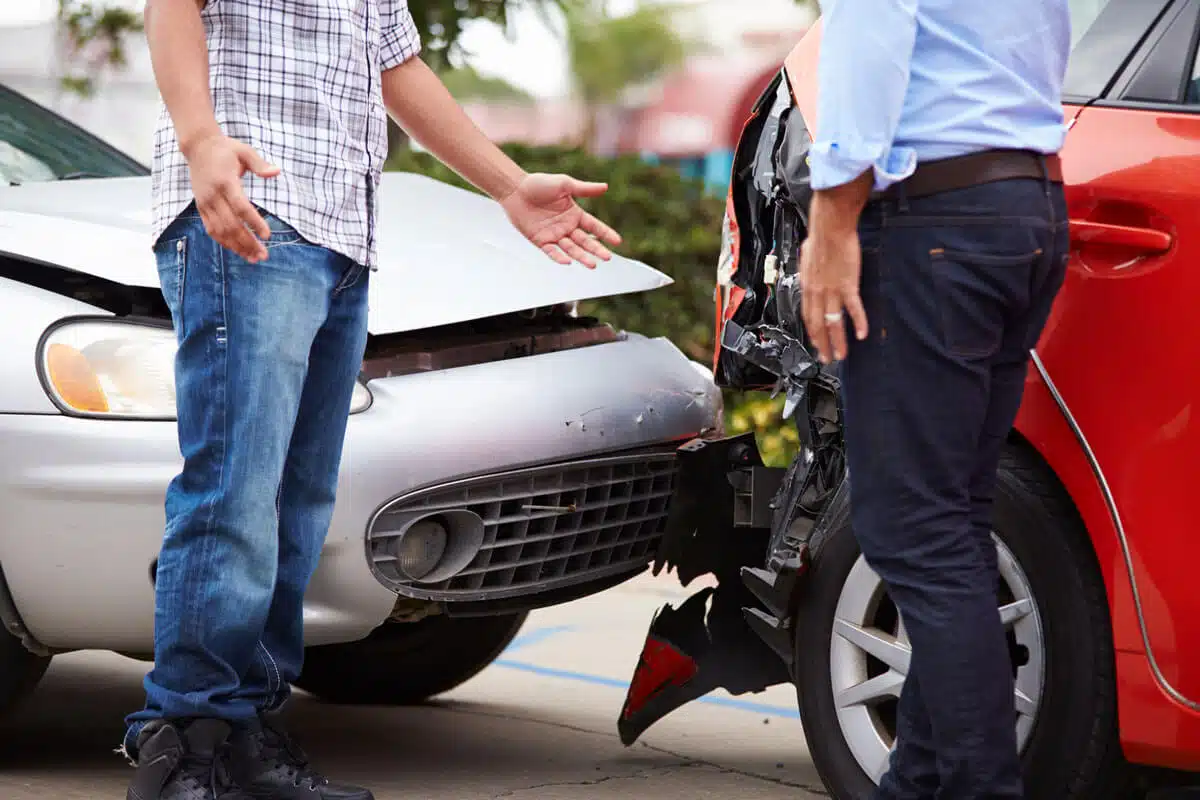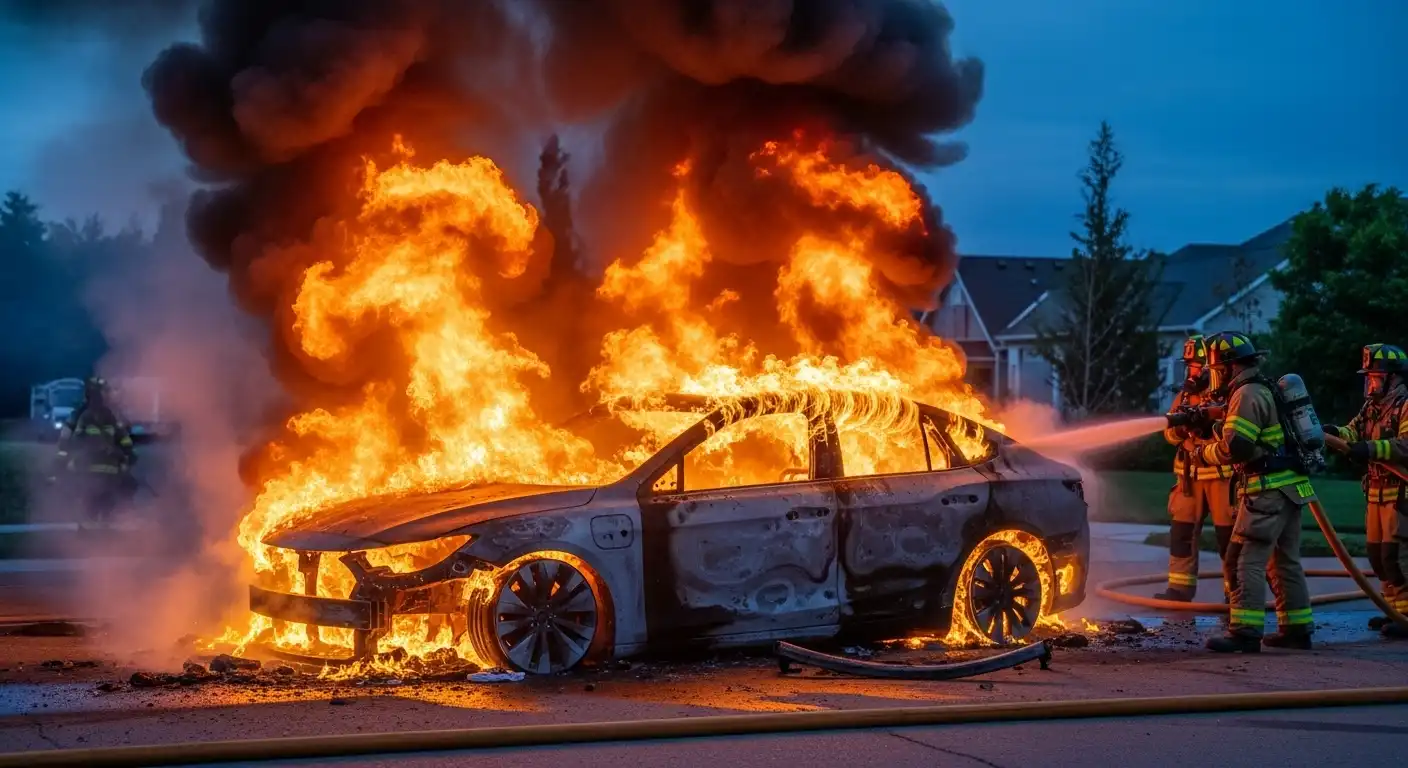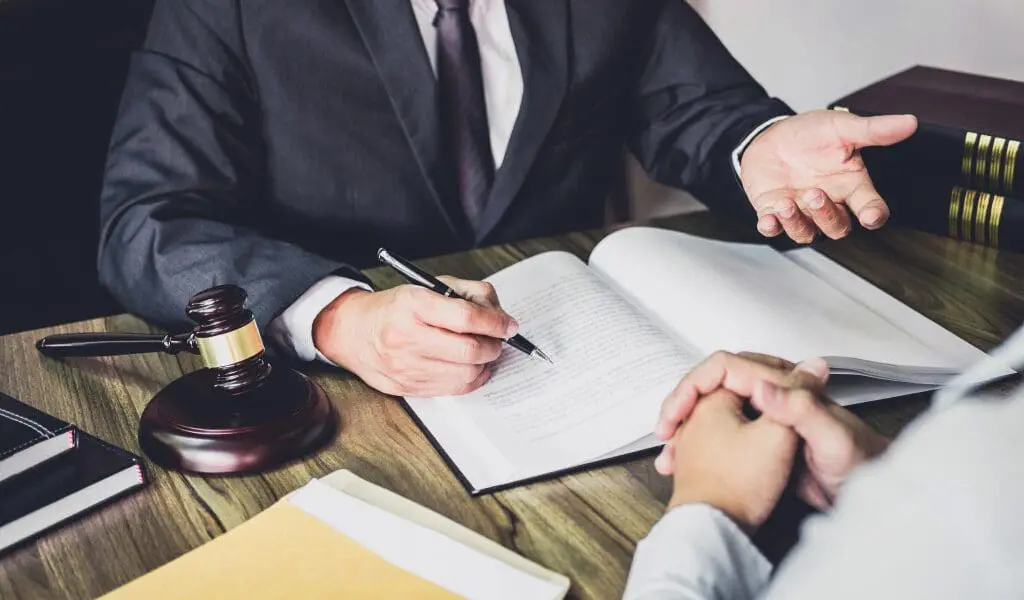Accidents are often traumatic, and proving fault is crucial for receiving the compensation you’re entitled to. Whether it’s a car crash, slip-and-fall, or any other type of accident, establishing who is responsible for the incident can be challenging. Gathering the right evidence plays a critical role in demonstrating fault and ensuring you receive fair compensation for your injuries, medical bills, and damages.
This blog outlines the key types of evidence you need to prove fault in an accident and how each piece can strengthen your case.
1. Police Reports:
What It Is: After an accident, law enforcement officers typically create a report detailing the circumstances of the incident. This includes statements from the parties involved, witness accounts, and the officer’s observations.
Why It’s Important: Police reports are often the first official record of an accident. They can contain crucial information about the location, time, and cause of the accident, as well as who the officer believes is at fault based on their investigation. This report is a key piece of evidence that can strengthen your claim.
How to Obtain It: You can request a copy of the police report from the local police department or online if it’s available. Make sure to get the report as soon as possible, as it will help establish the initial facts.
2. Eyewitness Testimonies:
What It Is: Eyewitnesses are individuals who saw the accident happen. They can provide valuable insight into the sequence of events and may be able to clarify how the accident occurred.
Why It’s Important: Eyewitness testimonies can be incredibly valuable, especially if the parties involved disagree about the details of the accident. Neutral witnesses can support your account of the incident and help establish who was at fault.
How to Gather It: After an accident, try to identify any witnesses who saw what happened. Get their contact information and, if possible, ask them to provide a written statement or be available to testify if necessary. If you were unable to collect this information at the scene, your lawyer may be able to track down witnesses.
3. Photographs and Video Evidence:
What It Is: Photos and videos of the accident scene, vehicle damage, injuries, and surrounding conditions can be crucial for your case. This evidence provides a visual representation of what happened.
Why It’s Important: A picture is worth a thousand words, and in accident cases, photographs or video footage can capture details that might otherwise be overlooked. They can show damage to vehicles, road conditions, and even the position of the vehicles involved, which can help establish fault.
How to Gather It: If you’re able to, take as many photos as possible at the scene. Include wide-angle shots to show the accident location, as well as close-ups of vehicle damage and any relevant traffic signs or road conditions. If there are surveillance cameras nearby (such as at businesses or traffic intersections), ask for access to any video footage.
4. Medical Records:
What It Is: Medical records document your injuries and treatments following the accident. They include doctor’s notes, diagnostic tests (such as X-rays or MRIs), prescriptions, and follow-up care.
Why It’s Important: Medical records serve as evidence of the physical impact of the accident and can help establish a direct link between the accident and your injuries. Additionally, they provide information on the severity of your injuries and the treatment you’ve received, which is critical for your compensation claim.
How to Gather It: After seeking medical care, request copies of your medical records from your doctor, hospital, or clinic. Make sure to keep track of all appointments, diagnoses, treatments, and expenses related to your recovery.
5. Accident Reconstruction Experts:
What It Is: Accident reconstruction experts are professionals who use scientific methods to recreate the events leading up to an accident. They analyze physical evidence, such as vehicle damage, skid marks, and traffic data, to determine how the accident occurred.
Why It’s Important: Sometimes, an accident’s cause isn’t immediately clear. An accident reconstruction expert can provide an in-depth analysis and expert testimony to establish fault, especially in complex cases like multi-car collisions or accidents with conflicting witness statements.
How to Gather It: If your case requires expert testimony, your lawyer can hire an accident reconstruction expert to evaluate the evidence and provide a report. This expert can also testify in court if necessary.
6. Traffic Citations and Violations:
What It Is: If one of the drivers involved in the accident received a traffic citation (for example, for running a red light, speeding, or driving under the influence), that citation can be used as evidence of their fault.
Why It’s Important: A traffic citation issued by the police is a strong indicator that the driver violated the law and caused the accident. If the other party was cited for a violation that led to the accident, it can support your claim of their negligence.
How to Gather It: If the police issued a citation to one of the drivers, it will be documented in the police report. You may also be able to request a copy of the citation from the court handling the violation.
7. Black Box Data (For Vehicle Accidents):
What It Is: Many modern vehicles are equipped with “black boxes” (Event Data Recorders), which capture important data such as speed, braking patterns, and acceleration at the time of a crash.
Why It’s Important: Black box data can provide critical insights into the actions of a vehicle just before an accident. This data can help determine if a driver was speeding, if they applied the brakes, or if other factors contributed to the crash.
How to Gather It: If your accident involved a newer vehicle, your lawyer can request the data from the vehicle’s black box. Keep in mind that this data is typically stored for a limited time, so it’s important to act quickly.
8. Insurance Claims and Statements:
What It Is: Insurance companies will often investigate the accident and provide their own report, including their determination of fault based on the evidence available. Both your insurance company and the at-fault driver’s insurance company may provide statements or reports regarding the accident.
Why It’s Important: The findings from the insurance companies can support your case or provide evidence that the other party was at fault. Insurance adjusters will typically assess the accident and offer their opinion about who was responsible based on their review of the evidence.
How to Gather It: Request copies of the insurance claim and any reports generated by the insurance company. If you’re working with a lawyer, they will help you request this information.
9. Witness Testimonies from Experts:
What It Is: In some cases, expert witnesses (such as medical professionals, engineers, or traffic experts) may be able to testify about the causes of the accident and who was at fault.
Why It’s Important: Expert witnesses can offer valuable testimony that helps clarify complex accident scenarios. For example, a medical expert can explain how the injuries sustained were consistent with the type of accident, or an engineer can analyze vehicle damage to determine the cause of the crash.
How to Gather It: If your case requires expert testimony, your lawyer will help identify and hire the appropriate expert witnesses. They will also guide you through the process of obtaining expert opinions.
Conclusion:
Proving fault in an accident can be challenging, but the right evidence can make all the difference in securing the compensation you deserve. By gathering critical evidence such as police reports, eyewitness testimonies, photographs, medical records, and more, you can build a strong case to prove the other party’s liability. Working with an experienced accident lawyer will help ensure that all necessary evidence is collected and presented effectively.
If you’ve been involved in an accident and need help proving fault, don’t hesitate to reach out to an experienced personal injury lawyer. They can guide you through the process, help you gather key evidence, and fight for the compensation you deserve.




